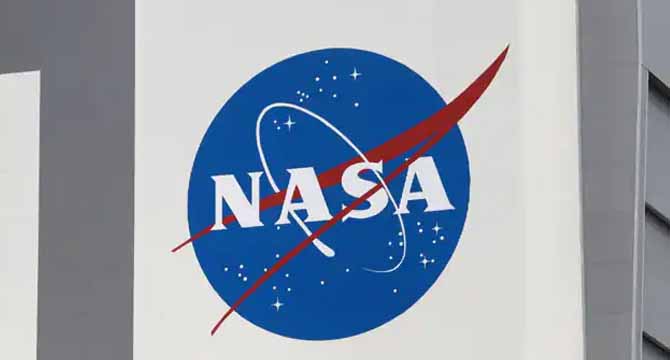Web Desk, June 1, 2023: The first public meeting of a NASA panel studying what the government calls “unidentified aerial phenomena,” commonly known as UFOs, kicked off on Wednesday to discuss findings since its formation last year.
The 16-member body, assembling experts from fields ranging from physics to astrobiology, was formed last June to examine unclassified UFO sightings, which it refers to as UAPs, and other data collected from civilian government and commercial sectors.
“If I were to summarize in one line what I feel we’ve learned, it’s we need high quality data,” said panel chair David Spergel during opening remarks.
NASA said the focus of Wednesday’s four-hour public session at the agency’s headquarters in Washington was to hold “final deliberations” before the team publishes a report, which Spergel said was planned for release by late July.
The team has “several months of work ahead of them,” said Dan Evans, a senior research official at NASA’s science unit, adding that panel members had been subjected to online abuse and harassment since they began their work.
“Harassment only leads to further stigmatisation of the UAP field, significantly hindering the scientific process and discouraging others to study this important subject matter,” NASA’s science chief Nicola Fox said during her opening remarks.
The panel represents the first such inquiry ever conducted under the auspices of the U.S. space agency for a subject the government once consigned to the exclusive and secretive purview of military and national security officials.
The NASA study is separate from a newly formalised Pentagon-based investigation of unidentified aerial phenomena documented in recent years by military aviators and analysed by US defence and intelligence officials.
Panel officials on Wednesday, having relied on unclassified data sensors, indicated they have run into much of the same obstacles as their Pentagon counterparts in studying unidentified objects.
“The current data collection efforts about UAPs are unsystematic and fragmented across various agencies, often using instruments uncalibrated for scientific data collection,” Spergel said.
The parallel NASA and Pentagon efforts, both undertaken with some semblance of public scrutiny, highlight a turning point for the government after decades spent deflecting, debunking and discrediting sightings of unidentified flying objects – long associated with notions of flying saucers and aliens – dating back to the 1940s.
While NASA’s science mission was seen by some as promising a more open-minded approach to the topic, the US space agency made it known from the start that it was not leaping to any conclusions.
“There is no evidence UAPs are extraterrestrial in origin,” NASA said in announcing the panel’s formation last June.
US defence officials have said the Pentagon’s recent push to investigate such sightings has led to hundreds of new reports now under examination, though most remain categorised as unexplained.
The head of the Pentagon’s newly formed All-domain Anomaly Resolution Office has said the existence of intelligent alien life has not been ruled out but that no sighting had produced evidence of extraterrestrial origins.

